Zi Qin Liew
Economics of Semantic Communication System: An Auction Approach
Aug 02, 2022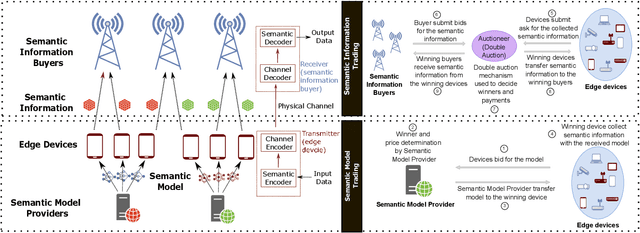
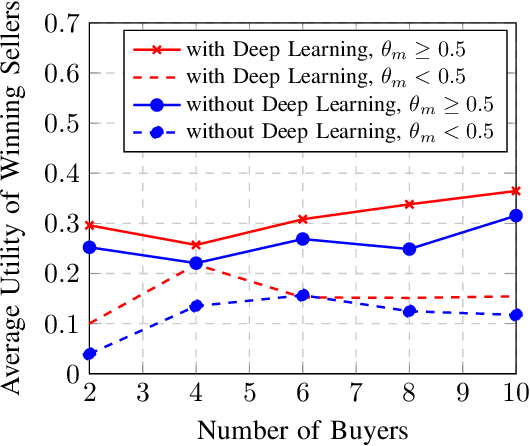
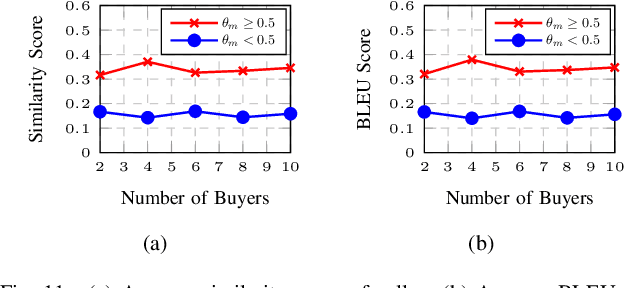
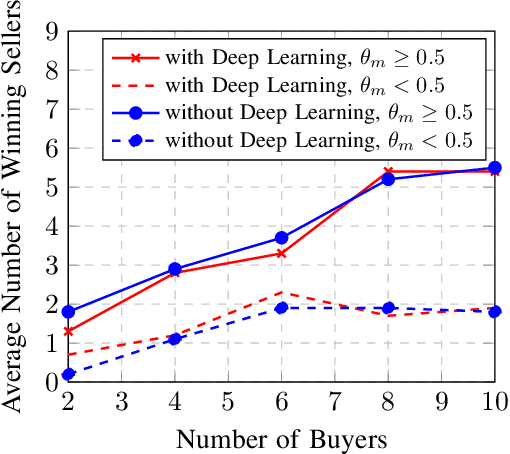
Abstract:Semantic communication technologies enable wireless edge devices to communicate effectively by transmitting semantic meaning of data. Edge components, such as vehicles in next-generation intelligent transport systems, use well-trained semantic models to encode and decode semantic information extracted from raw and sensor data. However, the limitation in computing resources makes it difficult to support the training process of accurate semantic models on edge devices. As such, edge devices can buy the pretrained semantic models from semantic model providers, which is called "semantic model trading". Upon collecting semantic information with the semantic models, the edge devices can then sell the extracted semantic information, e.g., information about urban road conditions or traffic signs, to the interested buyers for profit, which is called "semantic information trading". To facilitate both types of the trades, effective incentive mechanisms should be designed. Thus, in this paper, we propose a hierarchical trading system to support both semantic model trading and semantic information trading jointly. The proposed incentive mechanism helps to maximize the revenue of semantic model providers in the semantic model trading, and effectively incentivizes model providers to participate in the development of semantic communication systems. For semantic information trading, our designed auction approach can support the trading between multiple semantic information sellers and buyers, while ensuring individual rationality, incentive compatibility, and budget balance, and moreover, allowing them achieve higher utilities than the baseline method.
Semantic Communication Meets Edge Intelligence
Feb 14, 2022



Abstract:The development of emerging applications, such as autonomous transportation systems, are expected to result in an explosive growth in mobile data traffic. As the available spectrum resource becomes more and more scarce, there is a growing need for a paradigm shift from Shannon's Classical Information Theory (CIT) to semantic communication (SemCom). Specifically, the former adopts a "transmit-before-understanding" approach while the latter leverages artificial intelligence (AI) techniques to "understand-before-transmit", thereby alleviating bandwidth pressure by reducing the amount of data to be exchanged without negating the semantic effectiveness of the transmitted symbols. However, the semantic extraction (SE) procedure incurs costly computation and storage overheads. In this article, we introduce an edge-driven training, maintenance, and execution of SE. We further investigate how edge intelligence can be enhanced with SemCom through improving the generalization capabilities of intelligent agents at lower computation overheads and reducing the communication overhead of information exchange. Finally, we present a case study involving semantic-aware resource optimization for the wireless powered Internet of Things (IoT).
Economics of Semantic Communication System in Wireless Powered Internet of Things
Oct 04, 2021

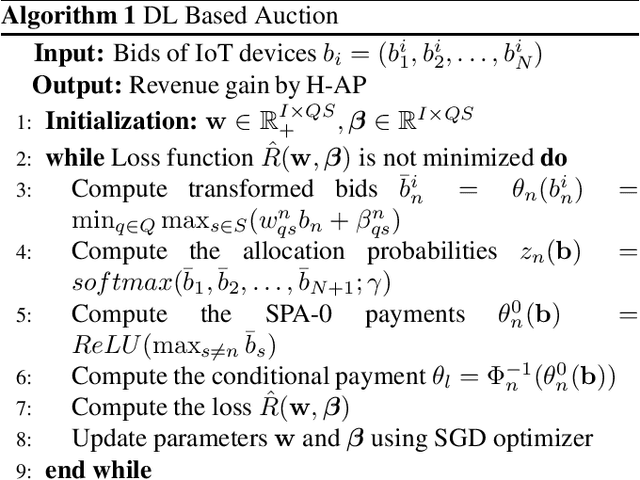
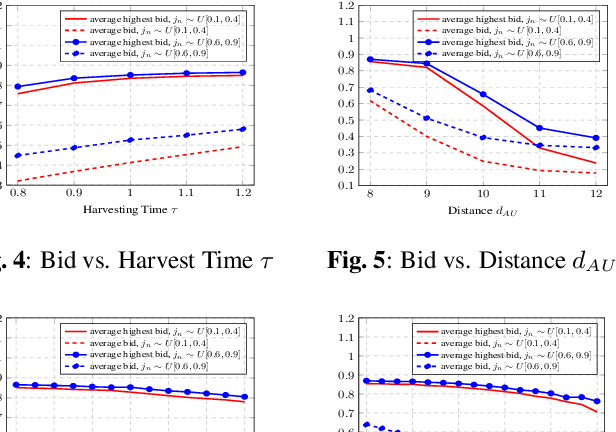
Abstract:The semantic communication system enables wireless devices to communicate effectively with the semantic meaning of the data. Wireless powered Internet of Things (IoT) that adopts the semantic communication system relies on harvested energy to transmit semantic information. However, the issue of energy constraint in the semantic communication system is not well studied. In this paper, we propose a semantic-based energy valuation and take an economic approach to solve the energy allocation problem as an incentive mechanism design. In our model, IoT devices (bidders) place their bids for the energy and power transmitter (auctioneer) decides the winner and payment by using deep learning based optimal auction. Results show that the revenue of wireless power transmitter is maximized while satisfying Individual Rationality (IR) and Incentive Compatibility (IC).
 Add to Chrome
Add to Chrome Add to Firefox
Add to Firefox Add to Edge
Add to Edge